
What’s Growing On? February 2022 News from Grow Education
by: Shalynn Brooks, FoodCorps Service Member
Since the start of my journey with FoodCorps, one of my biggest goals has been to make an inclusive lesson plan highlighting the importance of Black History Month. There is so much history of black activism, leadership, and innovation in New Bedford; curating an activity that makes students feel heard and seen is important to me. It is also a part of 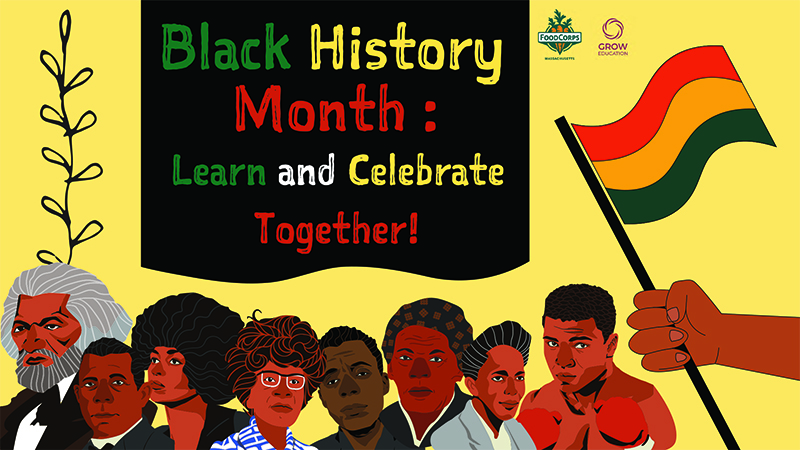 my heritage. Growing up, I’ve realized that there is a lot of Black History that is not recorded and very important people go unrecognized. We have learned this history through storytelling and observation; and, as a result, I felt impelled to share a lesson plan pulling from the story of Black History.
my heritage. Growing up, I’ve realized that there is a lot of Black History that is not recorded and very important people go unrecognized. We have learned this history through storytelling and observation; and, as a result, I felt impelled to share a lesson plan pulling from the story of Black History.
Black History Month: Why do we Celebrate it?
The lesson plan started the only way I knew possible: teaching the electric slide to bring in music, dancing, and laughter – all while the students are learning black history without even knowing it! Once that was over, I presented students with a slideshow that asked the kids what Black History is and what it means to them, inviting in the elements of conversation and storytelling. We talked about the definition of Black History Month and the legendary Frederick Douglass who lived in their city, New Bedford. In fact, Black History Month is celebrated in February due to Douglass’ activism and his fight to end slavery!
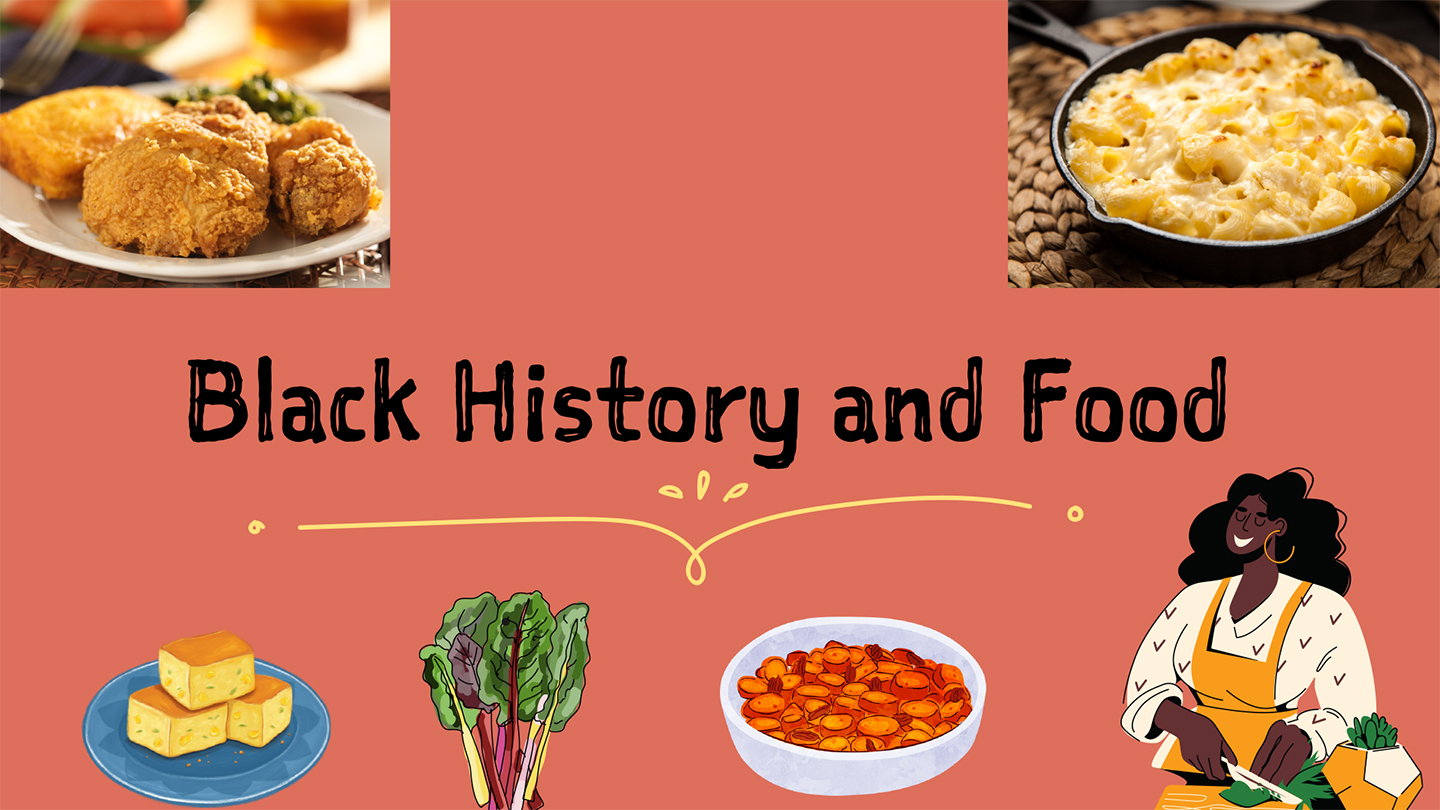 Black History, Farming and Food:
Black History, Farming and Food:
Students then learned about black farmers like Henry Blair, the inventor of the seed planter which allowed farmers to use less human labor, and George Washington Carver who invented the practice of crop rotation in order to keep the soil full of nutrients (he also invented 325 different ways to use peanuts!). Of course, we also talked about Soul Food and where it originated from. To pay homage to those who made the delicious meals we know and love today, we talked about important chefs like Hercules Caesar who was enslaved by George Washington and who made “fine dishes out of nothing” before he eventually escaped. We talked about James Hemings who was enslaved by Thomas Jefferson and created the then “Macaroni Pie”, now “Baked Mac and Cheese.” We also learned about Edith and Fanny who became head chefs at just 15 and 18 for Thomas Jefferson and cooked for him until his death. After learning about these innovative chefs, the 2nd graders in Gomes School said they wanted to give a verbal “Thank you” all together – and that is exactly what we did!
For me, the highlight of this lesson plan was that the kids knew the names George Washington and Thomas Jefferson; but they now have another layer of history, and it includes the lives of enslaved people who are just as important as them. Students also shared how they celebrate Black History Month at home and what it means to them; others shared that even though they eat Soul Food all the time, they didn’t know its history. In this way, I got to play both student and teacher with this lesson.
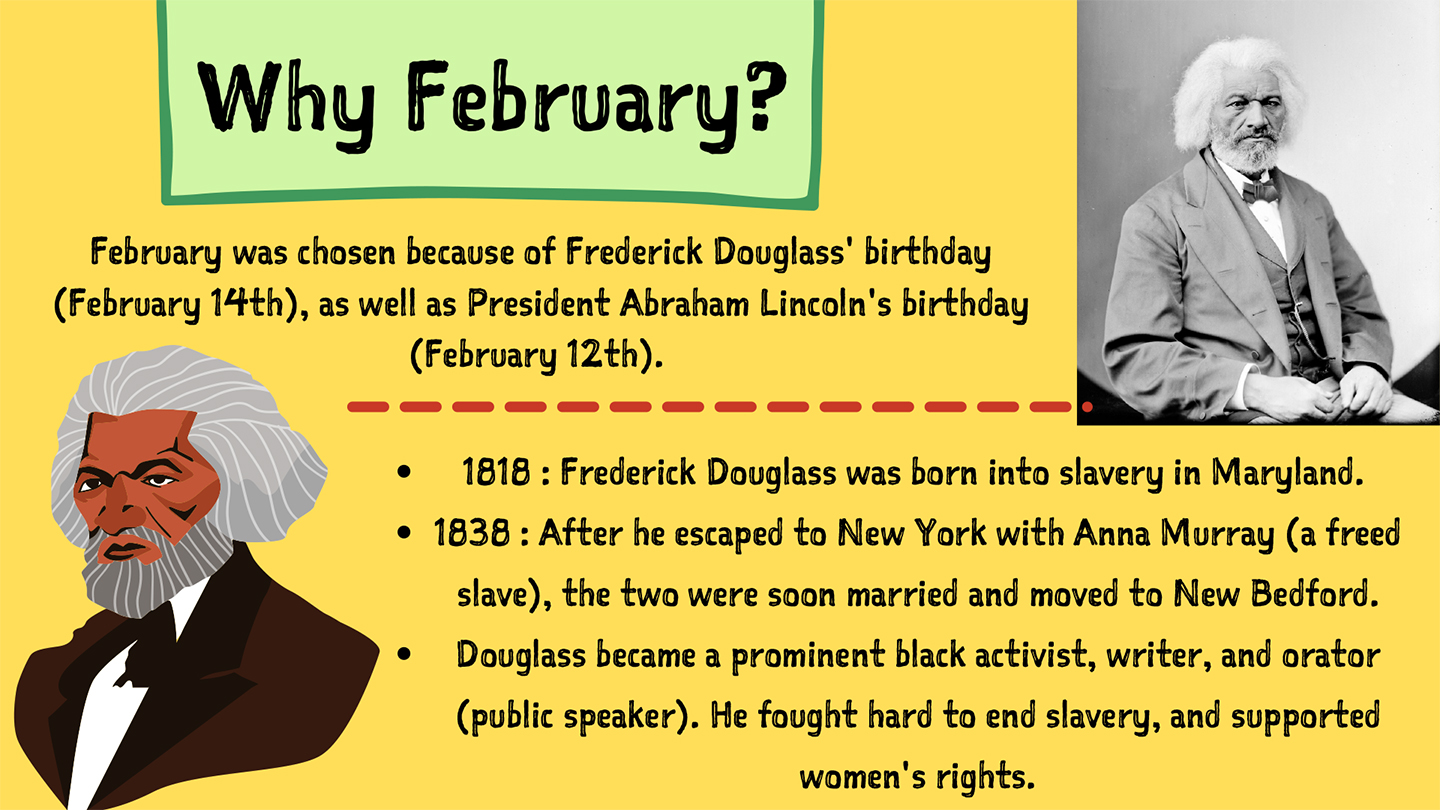
We ended the lesson with portraits and drawings about what they learned. Students were encouraged to select someone or something that they learned about in the lesson and write what is meant to them. Here are some examples:
In partnership with the NBPS food service department, students will get to experience a personal recipe of mine in their school cafeterias this week in honor of this lesson plan.
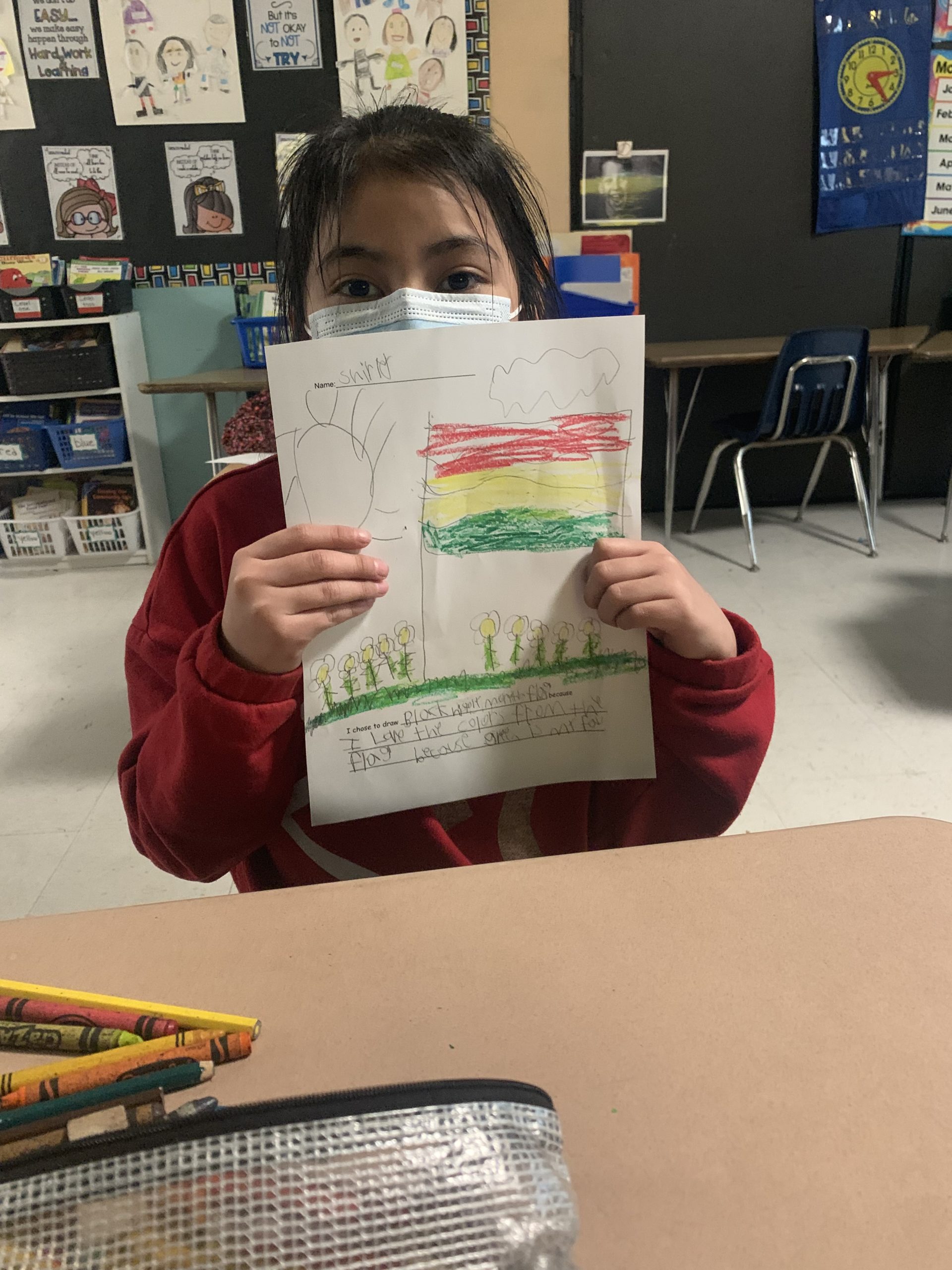

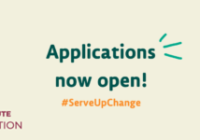
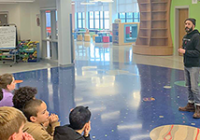
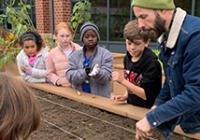







This Post Has One Comment